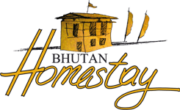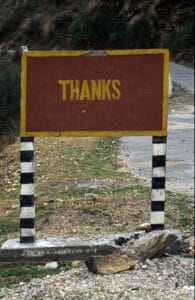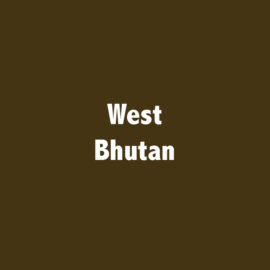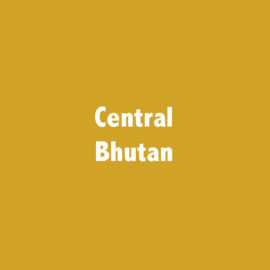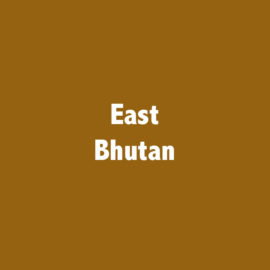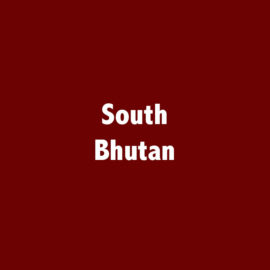Tariff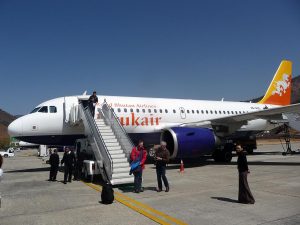
Every visitor to Bhutan from countries other than India will pay:
A Sustainable Development Fee (SDF) of USD 100 per night in Bhutan. The SDF DOES NOT take care of any cost/expense that will be incurred during the Tour. The SDF is applicable for tours till December 2027.
For visitors from India, the SDF is Rs.1200 per night.
Children between the ages of 5 to 12 will be eligible for 50% discount of the SDF
Children below the age of 5 will be exempt from paying the SDF
THE TOUR COSTS ARE EXCLUSIVE OF THE SDF AND WILL BE CALCULATED BASED ON THE ITINERARY CONFIRMED BY THE GUEST/GROUP.
Our Tour Costs will take care of:
- Accommodation with Breakfast
- Lunch/Dinner/Refreshments- Mandatory for treks/Optional for other tours
- Inland Travel
- Guide fees
- Local Travel Agent’s Service fees
- Bank Transfer Fees
Our Tour costs will NOT take care of:
- Visa Fees
- Entrance fees to monasteries/temples/museums/parks
- Lunch/Dinner/Refreshments- Unless opted by guest for pre-payment and if on treks.
- Airfares
- Pick up /Drop from places other than Paro Airport.
- Travel Insurance
- Health Insurance
Payment Procedure
The tour payments including the SDF and Visa fee must be remitted in USD to the Bank Account detailed on the Invoice. The full payment must be made a minimum of 45 days prior to arrival in Bhutan.
Visa
Visa fee is $40 per person one time for a maximum stay of 30days.
If you travel to Bhutan, whichever country you are entering from and exiting to, please ensure you have valid visas to avoid immigration hassles. If you are entering from and exiting to India, ensure you have a multi entry visa to India. Countries like Thailand and Nepal issue visas upon arrival to citizens of most countries. If you are using Singapore or Bangladesh as entry and exit countries, please check visa rules and regulations. You will find information in our Reminder to Guest.
Delayed Arrivals
There is no charge for delays in arrival into and departure from Bhutan because of weather conditions disrupting flights on national airlines or in- country roadblocks.
Cancellation Policy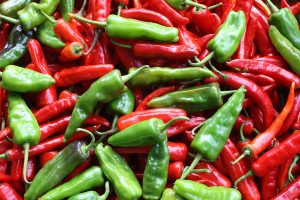
Tour programmes booked and subsequently cancelled shall be subject to cancellation charges as follows:
- Within 45 days of start of programme ~ no charges
- Within 45 to 30 days ~ 15% of rate
- Within 30 to 21 days ~ 25% of rate
- Within 21 to 14 days ~ 50% of rate
- Less than 14 days or without notice ~ 100% of rate
Trek Cancellation Policy
If a trek is cancelled the guest/group will be liable for the payment of cancellation fee as indicated over and above the daily tariff.
• 50% of the trekking fee if the trek is cancelled within 7 days and up to 3 days prior to start of trek.
• 100% of fee if cancelled 3 to 0 days of trek start.
• If the trek is cancelled due to route blocks, extreme weather conditions, or severe illness suffered by guest the cancellation fee will not apply. Guests are advised to have travel insurance in the event a medical evacuation situation arises.
Bhutanese Carriers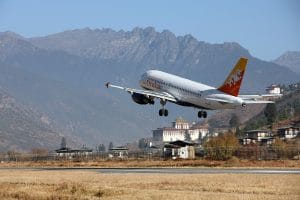
You can book flights to and from Bhutan with:
DRUKAIR
BHUTAN AIRLINES
BHUTANHELI
You can either purchase your airtickets online or we can book and purchase them for you. There is no added fee for this service.
Drukair
Government run airline and flies between Paro and these countries:
India: New Delhi, Kolkata, Mumbai, Gauhati, Bagdogra, Gaya
Bangladesh: Dhaka
Thailand: Bangkok
Singapore: Singapore
Nepal: Kathmandu
Domestic flights: to Bumthang, Gelephu, and Yongphula from Paro.
Tashi Air/Bhutan Airlines
Private airline and flies between Paro and these countries:
India: New Delhi, Kolkata
Thailand: Bangkok
Nepal: Kathmandu
Bhutan Helicopter Service
The Royal Bhutan Helicopter Services Ltd offers the following Points of Interest (POI) Scenic flights
15 minutes flight
1. Paro Airport
2. Paro Valley
3. Paro Rinpung Dzong
4. Ta Dzong
5. Paro Takshang
30 Minutes flight
1. All POI in the 15 minutes flight
2. Mount Jumolhari
3. Drugyel Dzong
1 Hour flight
1. All POI included in the 30 minutes flight
2. Lingshi Dzong
3. Short Pit stop at an undisclosed location close to Mount Jumolhari.
Overland entry and Exit
You also have the option of entering and exiting Bhutan from these border towns:
Phuentsholing: South West
Samdrup Jongkhar: closed
Gelephu: closed
Quick Facts on Bhutan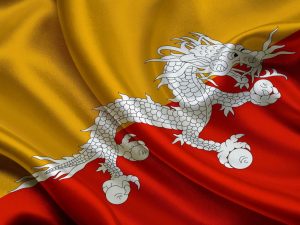
Size: 38,394 sqm
Population: 735,553 (2017)
Political System: Democratic Constitutional Monarchy
State Religion: Mahayana Buddhism
Head of State: Druk Gyalpo Jigme Khesar Namgyel Wangchuck
National Language: Dzongkha
Currency: Ngultrum
National Animal: Takin
National Flower: Blue poppy
National tree: Cypress
National sport: Archery
Bhutan in a Nutshell
Bhutan – in the National language Dzongkha referred to as “Drukyul”, the “Land of Thunder Dragon” or Druk Gyalkhab, “Thunder Dragon country”– is situated in the eastern Himalayas. Bhutan is landlocked between the two densely populated giants India and China (Tibetan Autonomous Region) with a land area of 38,394 sq kilometers of which approximately 70 % are forested . The current population amounts to 745,153 (2014). The lowest part of Bhutan lies at roughly 100 m above sea level in the South and the highest point with Gangkar Punsum at 7578 m in the North. The country is characterized by steep mountainous terrain covering various ecological and climatic zones, making infrastructural development very difficult. After the first democratic elections were held in March 2008, Bhutan turned into a democratic constitutional monarchy. Currently, the head of state is the fifth king, Jigme Khesar Namgyal Wangchuck who took over from his father Jigme Singye Wangchuck on Dec. 9, 2006 and was publicly enthroned on November 1, 2008.
Population and Linguistic Situation
The population is roughly divided into three large groups, the Ngalong in the West, Lothsampa in the South and Sharchop in the East. However, like the “political map, the linguistic map of Bhutan is not fully established” and an in-depth account of all languages including their dialects would require many more decades of research. Scholars distinguish four linguistic groups: the Central Bodish group which includes the National language Dzongkha, the East Bodish group (e.g. Bumtangkha, Kengkha and Kurtöp), other Bodish languages (e.g. Tshangla) and Indo-European languages (Nepali, Hindi, English). The existence of a multitude of languages has led to most Bhutanese to be multilingual, speaking at least three languages.
Flora and Fauna
Bhutan’s biodiversity is rich and the country can be divided into three eco-floristic zones of the subtropical lowlands, the temperate midlands and the alpine highlands. These roughly correspond to the common geopolitical areas of southern, middle and northern Bhutan although near-alpine mountain tops can also be found in southern Bhutan and subtropical forest in the north. The Southern region comprises of the sub-Himalayan foothills. It is covered with tropical forest that forms a narrow belt with the Indo-Bhutanese border. This region has a sub-tropical monsoon climate. Its annual rainfall is excessive, and the average temperature stands at 20°C. The climate of this region is hot and humid during summer but pleasant during winter. The Central region lies within the inner Himalayas and consists of higher mountains. The climate of this region is moderate at lower elevations and rather cold in higher elevations, especially during the night. Daytime, temperatures are pleasant even in the higher altitudes. The Northern region lies within the Great Himalayas, with high snow mountain peaks along the Chinese border. Bhutan’s high altitude trekking routes are found in this area.
Religion
Bhutan is the last independent country in the world with Mahayana Buddhism as its state religion. It is commonly presumed that Buddhist teachings reached Bhutan in the 7th century a.d. when the first temples were established. Kyiuchu-lhakhang in Paro and Jampe-lhakhang in Bumthang were founded in the first half of the 7th century by the Tibetan king Songtsen Gampo. However, the most important phase was when Padmasambhava or, as he is referred to in Bhutan, Guru Rinpoche, came to Bhutan in the middle of the 8th century and established a sound base for the unique development of the country’s cultural and religious tradition. The legend says that he did this by subjugating the local deities and spirits of the then prevalent Bön religion and integrated them into Buddhism as protection deities, establishing the tantric form of Bhutanese Buddhism. After the 11th century a.d. different Buddhist schools started to spread into Bhutan. From the 13th century onwards, many Buddhist teachers (lamas) travelled to Bhutan to introduce the teachings of their respective schools. Many of them founded only a few temples which were integrated by other schools. Today, the Drukpa sect of the Kagyupa School, as codified by Shabdrung Ngawang Namgyel in Bhutan, represents the state religion. However, in the eastern part of the country the Nyingmapa tradition is very widespread.
The Middle Path to Development: Gross National Happiness (GNH)
Bhutan has become well-known for ascribing to an ideology of conservation and preservation of its unique environment, culture and traditions, following a “middle path” that resonates with Buddha’s teachings. This also reflects in the National development strategy Gross National Happiness (GNH). GNH is the unique Bhutanese development ideology which places as much emphasis upon happiness as it does upon the economic well-being of a society. It is based on four pillars i) good governance ii) sustainable socio-economic development iii) preservation and promotion of culture and iv) environmental conservation. It is further divided into nine domains with specific 33 indicators, namely i) psychological well-being ii) health iii) time use iv) education v) cultural diversity and resilience vi) good governance vii) community vitality viii) ecological diversity and resilience ix) living standard. GNH was first formulated by the fourth King of Bhutan, but it has its roots in the 1729 legal code of the unification period of Bhutan by Shabdrung Rinpoche, in which is declared that:
“If the government cannot create happiness (dekid) for its people, there is no purpose for the government to exist.”
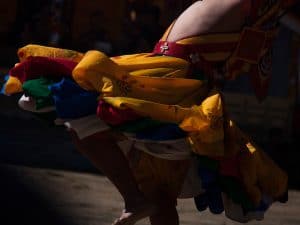
Festival Calendar
Tentative Festival Calendar 2024
These are the dates as provided by the Department of Tourism Bhutan. Please note that festival dates are subject to change especially in small villages and remote places. Reconfirm festival dates prior to your arrival although ad-hoc last minute changes might also occur.
Trekking and Overnights in Farm/Homestays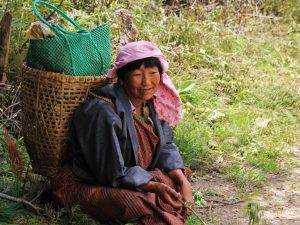
HOMES
For overnights in farm- or homestays it is advisable to carry a small backpack for essentials just in case the homes are not accessible by road (e.g. during monsoon season). You luggage will be guarded at all times. We will send you some briefing on traditional hospitality in Bhutan prior to your arrival or you can check out our BLOG.
You can find a list and photographs of available homes HERE.
TREKKING
For trekking please bring duffel bags or backpacks, no suitcases. If you book a trek with Bhutan Homestay we will send you a trekking check list prior to your arrival but here are some important issues to consider when booking treks in Bhutan:
- Please make sure you have a good travel insurance for any emergencies during treks.
- Due to unforeseen circumstances ad-hoc changes may occur prior to your arrival and during the trek.
- We do our best to keep ourselves updated about the condition of footpaths and developments along the routes. However, in Bhutan such information is not always easy to come by or verifiable and we appreciate your understanding.
We customize trekking tours according to your interests. Please find some sample trekking itineraries HERE.
Downloads
Travel information general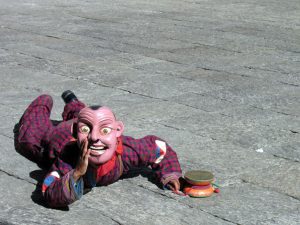
Money
You can change USD and EUR in Bhutan without any problem. There are also ATMs in all district towns where international bank cards work (although break downs can occur). Many Handicraft shops offer VISA payment facility but break downs can occur here as well.
Plug / Outlet / Voltage
Electrical Plug/Outlet and Voltage Information
Guide Books
Guidebooks on Bhutan are best used as references only. Changes are taking place at a very fast pace in the kingdom and thus information might differ year to year. For example the Lonely Planet although a great guidebook for other countries is not 100% reliable when it comes to Bhutan. It might contain outdated information especially on how to approach Bhutan from the East. Timings and distances are also not always correct. You can trust your local guides to be more up to date regarding walking distances, timings, footpath directions, hotels, how to go about things, etc.
Francoise Pommaret’s guidebook Bhutan provides excellent overview on Bhutan’s culture and history and has been published in several languages.
Bart Jordans: Bhutan. A Trekker’s Guide is the only trekking guide on Bhutan but already a bit outdated in some places. Nevertheless it is useful.
Weblinks
Bhutan-trails offers info on hikes in and around Thimphu and more.
Further Reading
Karma Phuntsho: History of Bhutan to date the only comprehensive book on Bhutan’s history
Jamie Zeppa: Beyond the Sky and Earth: A Journey into Bhutan is a very personal account of a woman’s life as a teacher in East Bhutan
Textiles
Karin Altmann’s Fabric of Life – Textile Art in Bhutan provides in-depth information on the role of textiles in Bhutanese life
Food:
Kunzang Choden: Chilli and Cheese: Food and Society in Bhutan. This cook book offers wonderful insights into Bhutanese rural society and the relevance of food in everyday life. The author bases her account on her own life at the family estate Ogyen Choling in Bumthang. Although her family belonged to the elitist religious class of lama chöje, Kunzang Choden nevertheless provides informative insights into the interlinking of socio-cultural, cosmological, political and economic aspects of Bhutane society from the perspective of everyday food and food production.
Movies
Map

